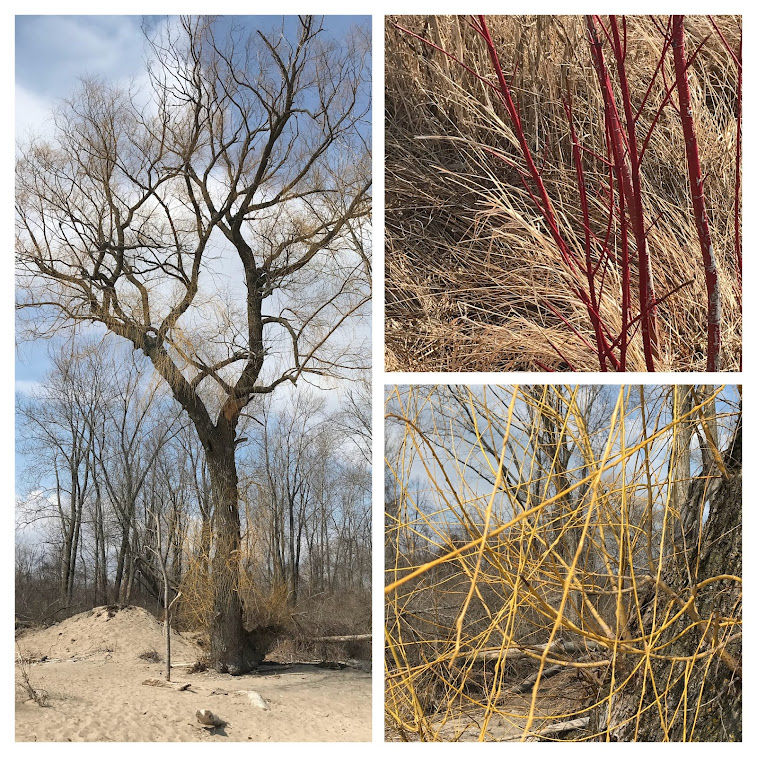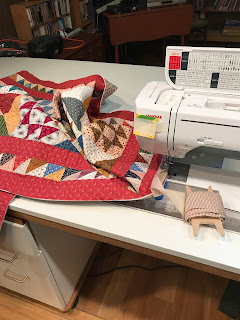Two years ago this week events were being cancelled right and left, there was a run on groceries and supplies (toilet paper and hand sanitizer), and a great deal of our daily routine took a sharp turn in an unknown direction. What a long road that's been!
The Lake County Women's Coalition held its annual Women's History Month luncheon on Saturday. It was so nice to see AAUW and GFWC friends among the attendees. (The 2020 luncheon was one of the last in-person events before the Covid shutdown.) LCWC awards two "returning to learning" scholarships to the College of Lake County for women over age 30. The winners were chosen earlier this year -- by coincidence one of them is a native of Ukraine.
Zion Woman's Club honored Miss Ellen Lloyd, the midwife who delivered 3,000 babies in Zion from 1906 to 1964.

Leslie Goddard's portrayal of Clara Barton was informative and inspiring.
I contributed Batiks by the Sea to the silent auction. My friend Betsy was the high bidder. # # # # # #
On Sunday afternoon Stevens and I enjoyed another performance sponsored by the Lake County Community Concert Assn.Lake County Community Concert Assn. Juggler Fantastik Patrick balanced a ladder on his chin, rode a 10-foot-high unicycle, and performed other tricks. # # # # #
In the studio: this is not the birdhouse quilt that I am supposed to be working on.A torn-from-a-magazine pattern came to the top of the stack and in a couple of evenings I had this flimsy. I see that one of the blocks on the top row is turned the wrong way. I will correct that before I attach the border. (Sure, I could leave it, but it would drive me nuts.)
The blocks are 6" finished.
# # # # # # #
I finished two companion (sort of) quilt history books this week. Both are by Elizabeth V. Warren, former curator at the Museum of American Folk Art which owns these quilts. The book on the left, published in 1996, goes into detail about technique, social context, and the quilters' biographies. The book on the right, published in 2010, is a coffee-table book with large-scale photos and only brief essays for each chapter. I got the older book for $5 and the newer for about $10. 
I've had the ARC since June, 2019....saving it for "someday." One of my book groups selected it for the March discussion so "someday" has come. I thoroughly enjoyed the story of the vagabonds Odie (narrator), Albert, Mose, and Emmy. In 1932 they escaped a Dicksensianly-awful Indian boarding school in western Minnesota and set out to find their aunt in St. Louis. The plucky, self-reliant, smart kids manage to get into and adroitly get out of bad situations. Yes, they are stereotypes and the ending has some twisted coincidence -- but overall the protagonists are appealing and the story is well-told. A delight!
Linking up with Oh Scrap! Monday Making Design Wall Monday













































